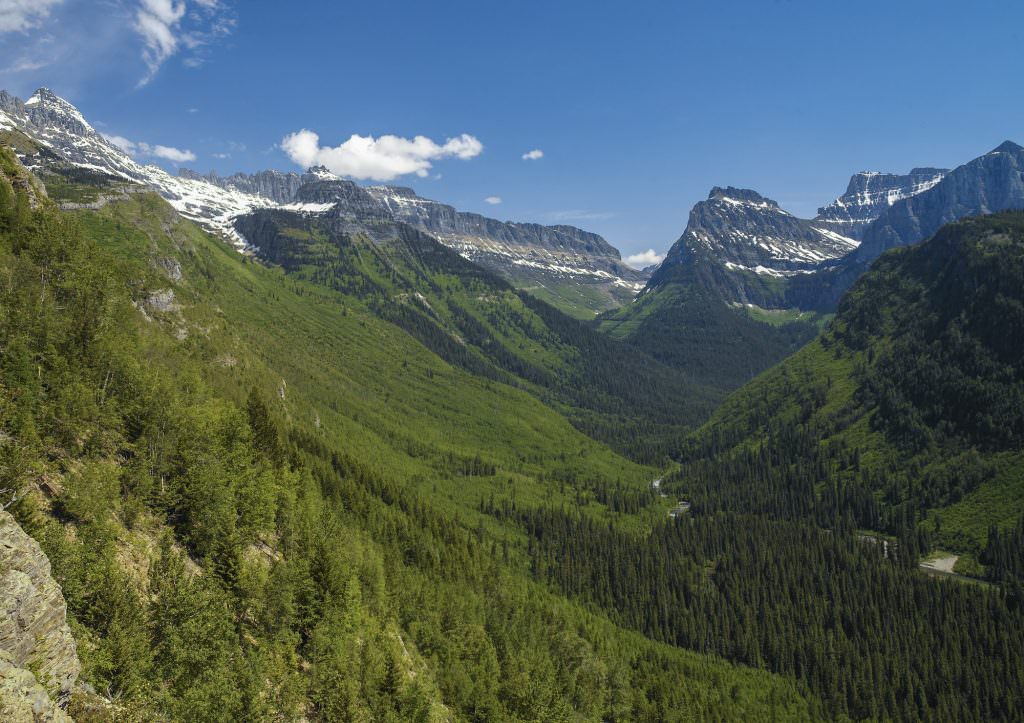Explore Mineral MT
Mineral County Chamber of Commerce located in western Montana, near the Idaho border, and lies between Missoula, Montana, and Spokane, Washington. As of the 2020 census, the population was 4,535, with Superior serving as the county seat. The county spans a total area of 1,223 square miles, characterized by its rugged terrain and the picturesque St. Regis and Clark Fork Rivers.
Welcome To.
Discover Mineral County, MT

Geography and Natural Resources
Mineral County is heavily forested with ponderosa pine, lodgepole pine, fir, larch, white pine, and cedar. The county is high in minerals and contains many unpatented mining claims. The majority of the land surface is contained within the Lolo National Forest, providing a stunning natural backdrop and a wealth of recreational opportunities. The Clark Fork River, carrying more water than any other river in Montana, and the St. Regis River are key geographical features.Recreational Activities
Mineral County offers extensive recreation areas for hunting, fishing, camping, hiking, and whitewater adventures. The Clark Fork and St. Regis Rivers provide excellent opportunities for trout fishing and other water activities. Winter activities abound in the Superior area, with cross-country and downhill skiing, snowmobiling, sledding, and ice skating. In recent years, increased recreational use of the land has grown rapidly. Montanans and out-of-state visitors flock to the county for snowmobiling, skiing, horseback riding, hiking, prospecting, fishing, hunting, camping, and other outdoor activities.Politics
Mineral County has consistently voted for the Republican Party candidate in national elections since 2000. The county’s political history reflects its diverse and engaged population.Demographics
As of the 2020 census, the population of Mineral County was 4,535. The racial makeup of the county is predominantly white, with small percentages of American Indian, Asian, Black or African American, and other races. The county has a rich cultural heritage with significant German, Irish, and English ancestry.Infrastructure and Access
The county’s infrastructure includes major highways such as Interstate 90, which provides easy access to and from the region. The federal government manages 80.8% of the 782,080 acres of land in Mineral County, while the state of Montana owns 2.8%, and corporate timber and real estate interests hold 8%. This leaves only 5% in private ownership, creating a checkerboard of federal, state, and private land. Rights-of-way across these lands are necessary for many private landowners to access their property, water rights, and grazing rights.
Alberton, MT
About 30 minutes west of Missoula, Alberton is a historic railroad town known for its vibrant history and stunning natural beauty.
read more
Superior, MT
Located in western Montana, Superior is the county seat of Mineral County, surrounded by the stunning Bitterroot Range with the Clark Fork River flowing through its downtown.


Saint Regis, MT
Nestled in the mountains of Western Montana and named for the nearby St. Regis River, the little community of St. Regis serves as a crossroads for many travelers. read moreWest End
De Borgia, Saltese and Haugan, Montana, is a small, rural town that offers a peaceful retreat and a strong sense of community. The perfect destinations for outdoor enthusiasts and history buffs alike.


A Rich History
The history of Mineral County is deeply rooted in the tales of rich gold and silver mines. From the first mining efforts in the early 1860s to the present day, mining has played a vital role in the county’s economy and heritage. The development of early gold and silver mines also stimulated the growth of agriculture in the region. Trail herds of cattle from Texas, California, and Oregon were driven in, and sheep were introduced to provide beef and mutton for the miners.
The county became an independent entity in 1914, with Superior as the county seat. It has witnessed significant historical events, including the gold rush, the building of two transcontinental railroads, the trauma of the 1910 fire, and several floods. During the Great Depression, Mineral County was home to many Civilian Conservation Corps (CCC) workers, who contributed to the development and preservation of the area’s natural resources.
Summer Menu
Lorem ipsum dolor sit amet, cons ectetur adipiscing elnec ullaminar dapibus leo.
Starters
- Creamy French Onion Soup
- Classic Escargots
- Half Avocado, Alaskan King
- Composition of French Cheeses
- Cold Foie Gras Torchon
- Osetra Royal Caviar
Main Dishes
- Baked Crepes, Artichokes
- French Bucatini Pasta
- Paillard of Salmon
- Filet of Trout
- New York Strip Steak
- Eggs Benedict
Desserts
- Lemonade Parfait
- Caramel milk chocolate
- Apricot souffle
- Blackberry bavarois
- Assiettee de aubergine
- Coffee & Teas

Latest news
Lorem ipsum dolor sit amet, consectetur adipiscing elit. Ut elit tellus, luctus nec ullamcorper mattis, pulvinar dapibus leo.
No posts found.